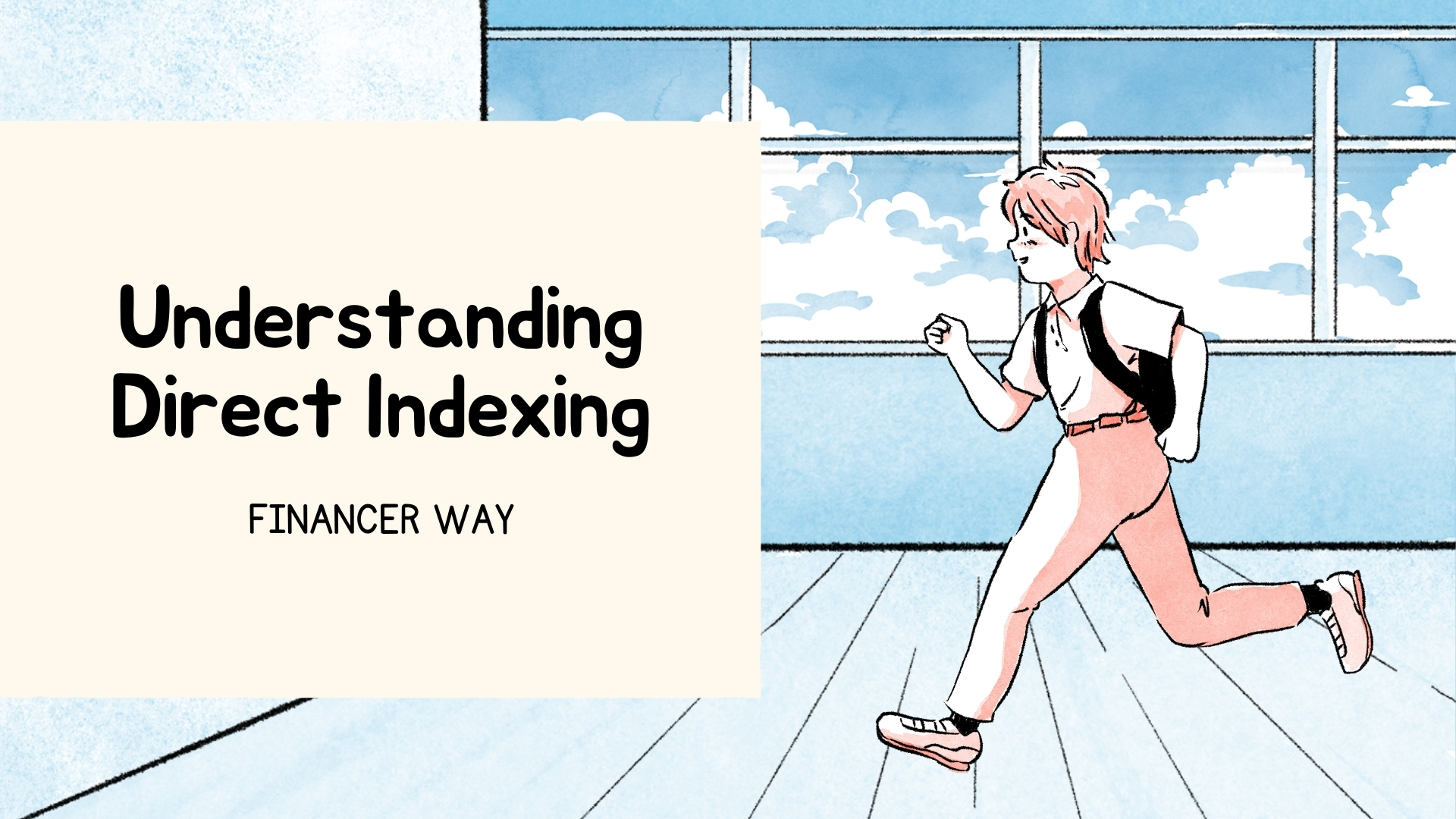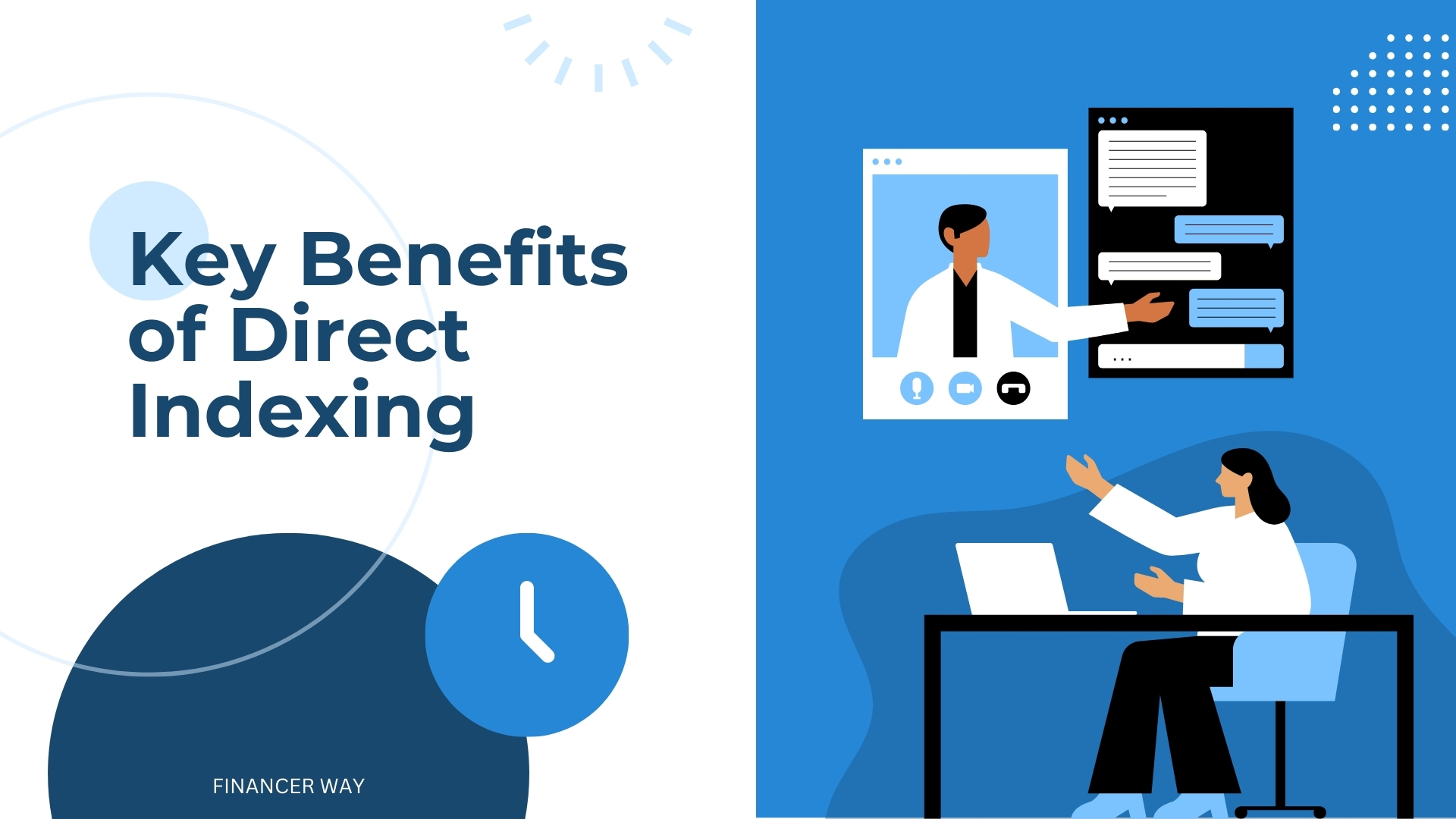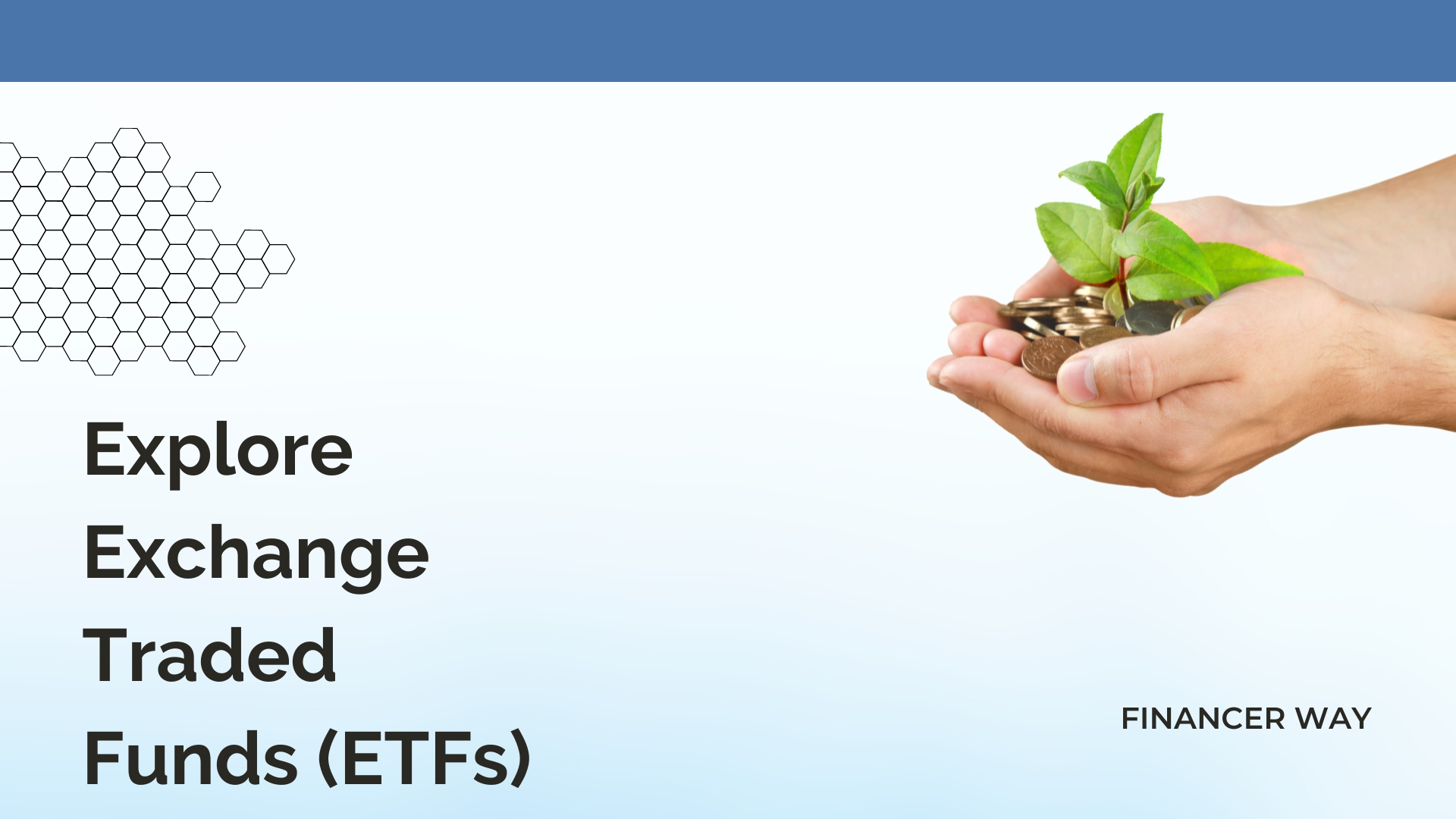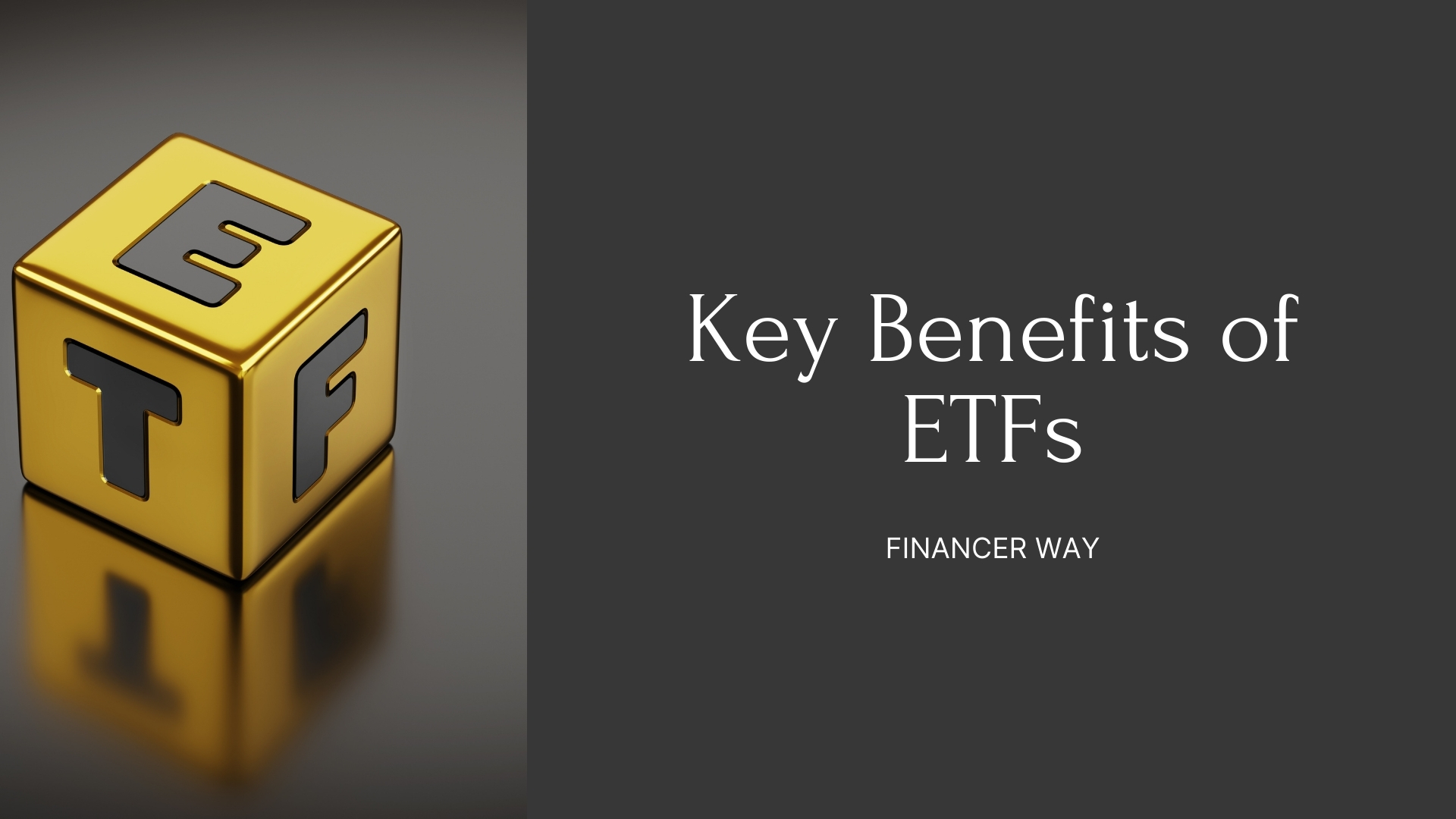Unlock the debate between direct indexing and ETFs. Find out its advantages, and disadvantages, and which strategy best suits your investment goals.
In the field of investment strategy, the debate between direct indexing and ETFs (Exchange Traded Funds) is gaining momentum. Both approaches offer distinct advantages and disadvantages, so investors must understand their differences before making an informed decision. In this comprehensive guide, we shed light on the nuances of direct indexing and ETFs, highlighting their respective features, benefits and potential pitfalls.
Understanding Direct Indexing

Direct indexing, also known as individual stock investing, involves buying individual stocks that make up a particular index, such as the S&P 500, rather than investing in an index fund. This approach allows investors to customize their portfolio based on their preferences, values and tax situation. By directly owning individual stocks, investors can potentially achieve greater tax efficiency through tax loss harvesting and strategic portfolio management.
Key Benefits of Direct Indexing

1. Tax efficiency
Direct indexing allows investors to more effectively offset gains against losses, thereby reducing their tax liabilities. Taking advantage of tax losses, investors can strategically sell underperforming stocks to offset capital gains, thereby reducing taxes.
2. Personalization
Unlike ETFs, which provide exposure to entire segments of the market, direct indexing allows investors to exclude specific stocks or sectors from their portfolio based on personal preferences or ethical considerations. This level of customization allows investors to align their investments with their values and beliefs.
3. Dividend control
With direct indexing, investors have direct control over the returns generated by individual stocks in their portfolio. This flexibility allows investors to selectively reinvest or allocate returns according to their financial goals and objectives.
Potential disadvantages of direct configuration

While direct indexing offers many advantages, it also presents some challenges and limitations that investors should consider:
1. High cost
Managing a portfolio of individual stocks costs more than investing in ETFs. Investors may incur costs related to trading fees, rebalancing and ongoing portfolio management, which can reduce returns over time.
2. Complexity
Indexing requires active portfolio management and decision making, which can be difficult for inexperienced investors. Analyzing individual stocks, rebalancing portfolios, and implementing tax strategies can be complex and time-consuming.
Explore Exchange Traded Funds (ETFs)

ETFs are investment funds that trade on a stock exchange and reflect the performance of a specific index or asset class. These diversified investment vehicles provide investors with exposure to multiple market segments, sectors and asset classes through a single security. ETFs have gained popularity among investors looking for low-cost, diversified investment options with liquidity and transparency.
Key Benefits of ETFs

1. Diversity
ETFs provide instant diversification by offering exposure to a wide range of stocks or assets within a single fund. This diversification helps reduce the risk and volatility of individual stocks, giving investors a more stable investment portfolio.
2. Low cost
ETFs typically have lower expense ratios than actively managed mutual funds, making them a profitable investment option for investors. With minimal management fees and operating expenses, ETFs provide efficient access to a diversified portfolio at a fraction of the cost.
3. Liquidity and Transparency
ETFs trade on stock exchanges throughout the business day, providing investors with intraday liquidity and transparency. Investors can buy and sell ETF shares at market prices, providing greater flexibility and liquidity than traditional mutual funds.
Potential Drawbacks of ETFs

While ETFs offer numerous benefits, they also pose certain risks and limitations that investors should be aware of:
1. Limited customization
Unlike direct indexing, ETFs provide exposure to predetermined indices or market segments, limiting investors’ ability to customize their portfolios according to specific preferences or criteria.
2. Tracking error
Despite their goal of replicating the performance of underlying indices, ETFs can experience tracking errors due to factors such as fees, trading costs, and market fluctuations. These discrepancies can affect investor returns and cause deviations from the expected performance of the index.
Conclusion: Make informed investment decisions
Ultimately, both direct indexing and ETFs offer unique advantages and disadvantages that suit different investment objectives, preferences, and risk tolerances. While direct indexing provides optimization and tax efficiency, ETFs provide diversification and profitability. Ultimately, investors should carefully evaluate their investment objectives, risk profile, and preferences to determine the investment strategy that best suits their financial needs.
Frequently asked questions (FAQ)
1. What is direct indexing?
A. Direct indexing involves purchasing individual stocks that make up a particular index, offering investors greater customization and potential tax benefits.
2. How do ETFs work?
A. ETFs are investment funds that trade on a stock exchange and reflect the performance of a specific index or asset class, providing investors with a diversified investment in a single security.
3. What are the advantages of direct indexing?
A. Indexing offers tax efficiency, customization options and control over returns, allowing investors to tailor their portfolios to their preferences and values.
4. What are the benefits of ETFs?
A. ETFs offer instant diversification, low costs, liquidity and transparency, making them an attractive investment option for investors seeking broad exposure to different market sectors.
5. What are the disadvantages of direct indexing?
A. Direct indexing requires higher costs, complexity and active portfolio management, which may be difficult for some investors.
6. What are the limitations of ETFs?
A. ETFs offer limited customization compared to indexing and may experience tracking errors due to factors such as fees and market fluctuations.
Additional Information
Tax Efficiency:
Direct indexing allows investors to offset gains against losses through tax-loss harvesting, potentially reducing tax liabilities and increasing after-tax profits.
Portfolio optimization:
With direct indexing, investors can exclude specific stocks or sectors from their portfolio based on personal preferences or ethical considerations, aligning their investments with their values.
Cost considerations:
While ETFs generally have lower expense ratios than actively managed mutual funds, direct indexing may incur higher costs related to trading commissions and portfolio management.
Considerations for investors:
Investors should evaluate their investment objectives, risk tolerance, and preferences before choosing between indexing and ETFs to ensure alignment with their financial goals.
